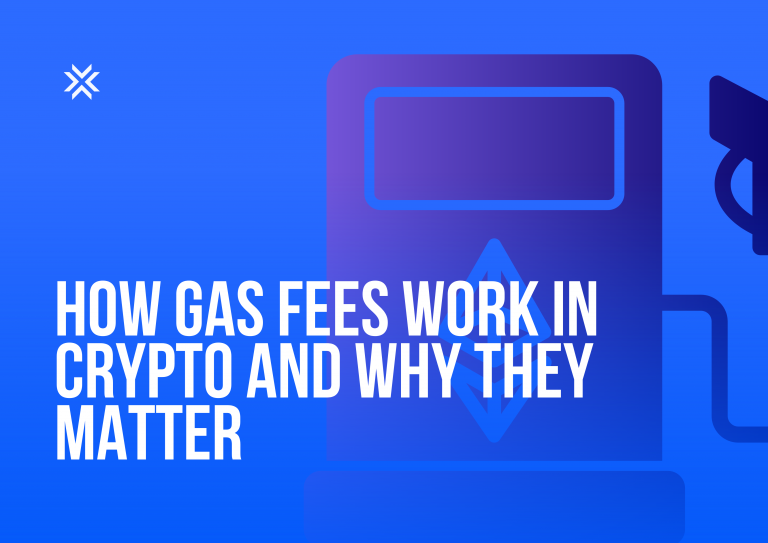In an earlier article, LCX paints the current crypto market landscape and highlights the pain points that make it so unappealing to traditional finance. Now, let us focus in more detail on one of these pain points: Lack of institutional-grade custodial services.
It may not come as a surprise that these pain points are inherently interrelated and not disjointed. Financial custody cannot be breathed in the same room where regulations are not present. In the U.S. for example, the Dodd-Frank Act of 2010 and accompanying Implementing Rules and Regulations (IRR) require institutional investors with more than $150,000 worth of customer assets to have a “qualified custodian” secure the holdings. Similar legislations can be found in most countries and jurisdictions.
Custody, therefore, is not just about asset security. It’s about passing the security responsibilities over to a government-approved third-party. Financial institutions cannot just hold on to the assets themselves like retail investors can. To understand the rationale why — especially as it relates to crypto — let us see how security works in the space.
Securing Crypto Assets
As can be deduced from the term itself, “crypto” assets have native security — cryptographical security, in fact — from their very conception. A retail holder would usually get a private key to his “account” (public key) in order to practice BYOB (Be Your Own Bank). The underlying reasoning, perhaps, is that you can trust yourself more than a bank. This has led to having as many Bitcoins lost forever as there are still left to mine. Self-custody may not be for everyone, and so an individual may choose to keep the assets in an exchange, but most of them are far from safe either.
Things get even more complicated as more people get involved. An organization may leverage the use of internally-secured multisignature wallets as additional precaution. Though even with industry-best internal security measures, a decent-sized trading firm in Chicago still lost $2 million from insider theft.
It may be easier to understand now why regulators and professional investors would want institutional crypto assets to be held by trusted fiduciaries like traditional custodians and depositories, or in upcoming compliance-conscious offerings by leading technology providers. Old money feel at ease in a regulated and trusted environment.
And what does this environment look like?
Financial Market Utilities
A custodian bank is typically viewed as the entity responsible for asset safekeeping, though in legacy finance, this is very seldom true. The ones who actually hold the assets are usually the Central Banks or the Central Securities Depositories. Custodians are merely intermediaries who provide account administration services, and who execute and facilitate instructions from clients pertaining to the assets in custody.
This brings us to a crossroad. We are at a time in history where blockchain will soon supplant the need for intermediaries and yet, somehow, we clamor for a custodian intermediary? Why is this so?
There is still a need for traditional custodianship in crypto because they are the ones with access to the Financial Market Utilities (FMUs), which are “multilateral systems that provide the infrastructure for transferring, clearing, and settling payments, securities, and other financial transactions among financial institutions or between financial institutions and the system.” Institutional investors place a lot of trust on FMUs because these are commonly backed by their respective governments.
This existing infrastructure may be complemented by regulatory compliant services from recognized leaders in cold storage technology. Ledger Vault, for example, offers wallet management solutions that would be ideal for asset managers and custodians looking to get into crypto finance. This adds to the foundation of the emerging FMUs of this new market.
The Financial Market Utilities, basically, comprise the wheel that turns the whole finance sector. Custodian banks are just a cog in that wheel.
What the Future Holds
Custody and regulation walks hand in hand now and will continue to do so in the future. Consequently, the nature of crypto custody would, at least initially, be different for different countries, depending on their regulatory approach.
In the U.S., where regulations on crypto assets are still murky, current initiatives that may satisfy some of the needs of financial institutions and the established wealthy are coming from the crypto-curious among them, trying to come up with ways on how to fit the emerging asset class in the old financial regulatory regime.
There are some countries that are more forward-thinking in their approach: instead of constraining something new in an old model, they instead make a new model for it — a fresh, fully-legislated, crypto-specific financial order that works seamlessly with the present infrastructure, even as it builds its own.
It would have its own defined custodians. Soon, its own Financial Market Utilities.
Conclusion
The main misconception in most discussions on crypto custody is that institutions are looking for custodians to secure crypto assets — a function that, contrary to common belief, is traditionally performed by depositories rather than custodians. As a crypto depository, cold storage already fits that role well.
Financial custody is not merely placing a system for asset security. It is about providing a complete suite of services from serving as an interface to cold wallets, to being able to deploy assets for quick transfer and settlement, among other financial transactions.
In short, when people say that high net worth investors and funds want institutional-grade custody, what that really means is that they want an FMU (Financial Market Utilities (FMUs).
Old money seeks the key to the wheel that turns the world of finance.
A wheel with strong government backing.








